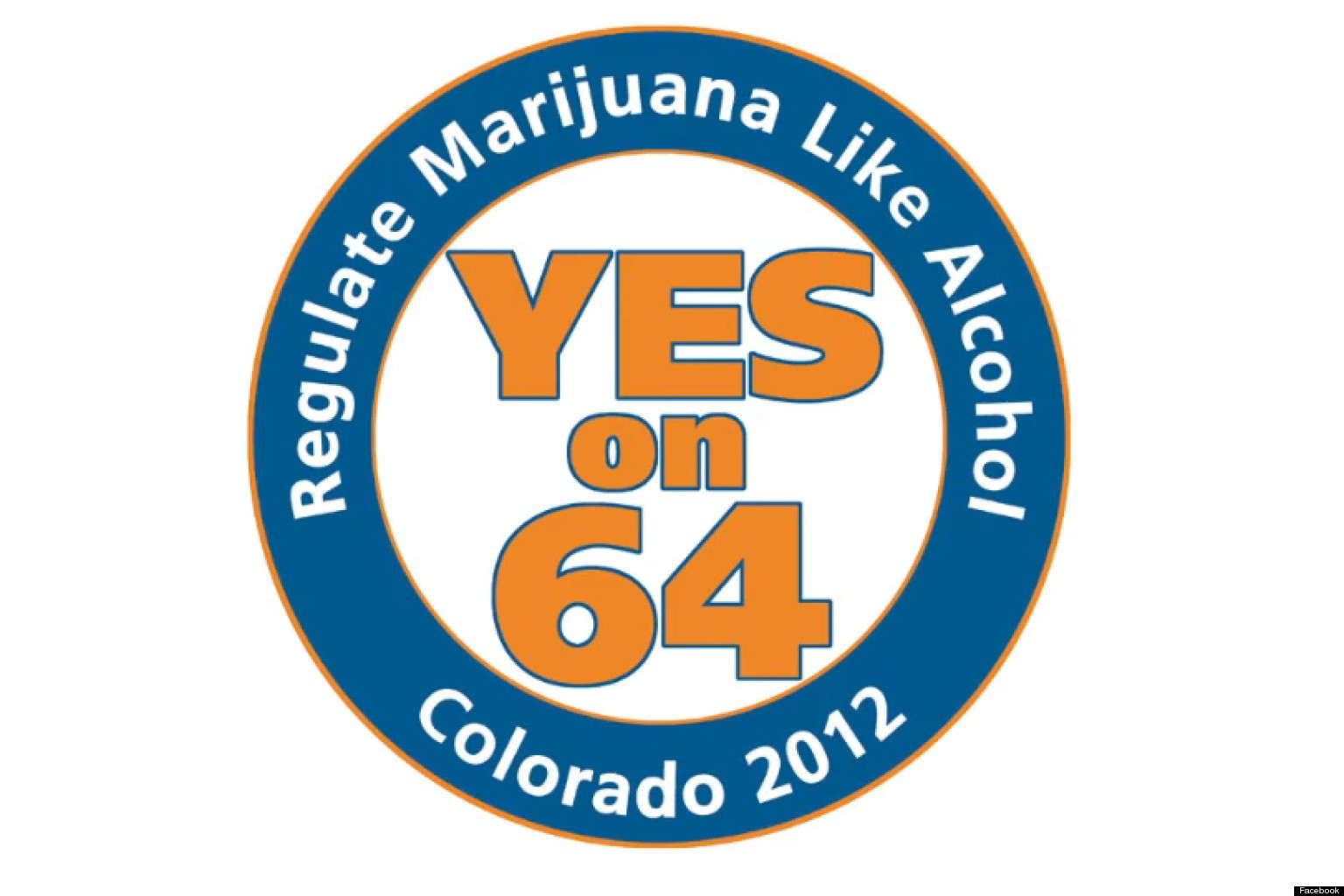My parents peddled three myths to me as a child: the Tooth Fairy, Santa Claus, and American meritocracy. The “American Dream,” our national ethos of opportunity and success based on hard work, has been a mainstay of many immigrant parents, including mine, who come to the U.S. seeking a better life for themselves and their children. While the U.S. is certainly far from the social hierarchies of my father’s Peru or the bureaucratic corruption of my mother’s Soviet Ukraine, we are still far from our ideal of equal opportunity.
Pundits and politicians, on both the right and left, describe the U.S. as the land of opportunity, but neglect or actively oppose policies that would give their words meaning. This is also true for the 90% of Americans who agree that our society should ensure that everyone has an equal chance to succeed. While ensuring complete equal opportunity for everyone would necessitate absurd measures such as genetic intervention, Americans are still far less supportive of even modest policy interventions to equalize opportunity, such as the estate tax (56% support) and universal healthcare (62% support).
Rising inequality has even made Americans more skeptical of state intervention; over half favor a smaller government, despite the role a larger government can play in expanding opportunity. We may not be able to eradicate all differences in starting positions, but we can use policy to make the playing field fairer. For instance, while we may not be able to eliminate dyslexia (or ensure dyslexia for everyone) we can provide the necessary additional resources to those who do have the learning impairment to ensure them a fair chance in life.
A just society requires confronting the injustices of unequal opportunity with sensible public policy to turn rhetoric into reality. Yet to pursue self-improvement over self-deception, we also must come to terms with inconvenient truths, including the link between our achievements and the privileges we were gifted.
While my family praised the U.S. as a land of equal opportunity, they also ensured that opportunity for me and my brother was, to borrow from George Orwell’s Animal Farm, “more equal than others,” from providing child care to summer internships. This gap between beliefs and behavior is undoubtedly representative of millions of American families who view our socio-economic system optimistically, but whose devotion to their own children undermines this view. This pervasive cognitive dissonance makes assigning moral weight to economic outcomes, which legitimizes inequality, even easier, since we’re less critical of the top 1% if they started with the same chances as everyone else.
Americans are unique in believing that individuals, not circumstance, primarily determine outcomes. However, we have no qualms with transmitting all possible advantages to our children, particularly in education. We believe in a fair game, but rig it for our kids. The gap in spending on educational enrichment (standardized test preparation, private tutoring, extracurriculars, etc.) between high-income and low-income families increased almost twofold between 1972 and 2005. Parents recognize educational investment’s role in their children’s success, and rising inequality increases both the rewards for these investments and the penalties for not making them.
These investments are detached from desert-based success since no child deserves advantages over others. While the investments we make derive from love for our children, they perversely tilt the playing field in their favor, giving them an unfair competitive edge in the labor market at the particular expense of the least fortunate.
The government can make enrichment expenditures that low-income parents can’t, reducing the competitive advantage of more fortunate children. While opportunity involves a range of issues, such as family structure, healthcare, criminal justice, and inheritance, this article focuses on education: preschool, K-12, and college. While these areas reveal some of our inequalities in opportunity, they also reveal our ability to enhance opportunity through pragmatic policy reform.
Defining Opportunity
Some may consider equal opportunity as simply ensuring no groups or individuals are explicitly forbidden from pursuing their goals, called the “Formal Equality of Opportunity.” On paper, without a caste system or explicit discrimination, all have the same chance to succeed. But this grievously ignores underlying inequalities through birth lottery and social circumstances.
A better conception of opportunity is philosopher John Rawls’ idea of “Fair Equality of Opportunity,” which holds that “those who have the same level of talent and ability and the same willingness to use these gifts should have the same prospect of success regardless of their social class origin.” Meeting this ideal requires an active government, as the morally arbitrary market can’t achieve fair starting points and outcomes. If we uphold equal opportunity as a principle of a just society, we must endorse policies to make this a reality, starting in the earliest years of life.
Preschool
We may look back on our preschool years as just a time of play and socializing. But neuroscience has revealed that the first five years of life are the most crucial for development, with the child’s environment having far-reaching consequences. This may explain why preschool factors heavily in school readiness and early language development.
Particularly in low-income households and households where English is not the first language, preschool can play a large role in bridging the “word gap,” the inequality in early vocabulary skills. This gap is especially influenced by socio-economic status. Unequal school readiness for students entering kindergarten can lead to worsening academic outcomes, increased high-school dropout rates, and lower future earnings for less-ready students, making equality in learning important even before a child’s first day of school.
A famous study on the Perry Preschool Program helped to reveal preschool’s benefits. It found that a treatment group which participated in the preschool program had improved long-term cognitive, economic, and social outcomes over the control group that did not. These benefits even persisted far into adulthood.
While this is only a single study and the jury is still out on early education’s long-term benefits, a review of several preschool programs revealed that preschool attendance clearly improved academic outcomes for low-income students as far as eighth grade. Preschool attendance also increased female labor participation and parental involvement in child development for low-income households.
Despite these benefits, only 43% of American three-year-olds and 66% of four-year-olds are enrolled in preschool. Conversely, the averages for OECD (Organization of Economic Cooperation and Development) nations, the club of rich countries, are 73% and 87% respectively, ranking the U.S. among the lowest for member countries. This may also help to explain our relatively poor performance in primary and secondary education.
Our attendance rate is especially marked across socio-economic status. The cost of preschool ($4,000-13,000 depending on location), similar to the cost of college tuition, explains this class-based gradient of preschool attendance. A commitment to opportunity would make preschool affordable for parents of all income groups, which was proposed by former presidential candidate Hillary Clinton. A federal subsidy to make preschool universally accessible for four-year-olds would cost $2 to $4 billion dollars annually, negligible in a budget of nearly $4.5 trillion.
This preschool subsidy should also be met with expansion of the number of licensed child care centers, as over half of Americans live in areas with undersupplied child care slots. Good quality preschool is particularly scarce in low-income areas. This highlights a need to expand supply by investing in child care providers through government subsidies, which would include raising the low wages of child care workers and creating more jobs in this sector, jobs that are currently disproportionality performed by women and people of color.
Fair equality of opportunity, like a fair race, requires that everyone has the same start to ensure that outcomes are determined by individual achievements rather than social circumstances. Preschool can be that equalizer, ensuring level school readiness so that grades in primary and secondary school can better reflect students’ own achievement.
However, public schools are an additional source of disparity, where gaps in success become even more linked to advantages from birth.
K-12
Which grade school students attends may matter more than, and can affect, student performance. With this in mind, my family moved out of East Boston and its Samuel Adams Elementary (ranked 860th among 934 Massachusetts schools) to Pembroke and its North Pembroke Elementary (ranked 212th). Without that move I might not have attended Northeastern or written this article.
While K-12 education may appear egalitarian, educating all children regardless of location, this conception hides a deep and perverse truth about the relationship between geography and opportunity. Opportunity, or economic mobility, is sharply unequal across geographical boundaries. The ZIP code a child is raised in is a major determinant of their life prospects. Among the primary culprits for this relationship are public schools.
Public schools are primarily financed by local property taxes, making a town’s property values a key determinant of a school district’s education quality, an obvious source of inequality which states often fail to adequately address. This revenue can fund extracurriculars, classroom technology, and, most importantly, good teachers.
One study helps reveal teachers’ significant and long-term impacts on their students, finding that if teachers in the bottom 5% of performance are replaced by teachers with just average performance, a typical student’s lifetime income would increase by over $250,000. Yet wealthier students are more likely than low-income students and students of color to be taught by effective teachers, exacerbating the already unequal educational enrichment spending cited earlier. This is the exact opposite of justice, which would have more qualified teachers teach the least fortunate children. Inequality in public school financing also doesn’t reveal the inequities created by parent involvement in schools, donations to public schools in affluent areas, and private schools.
Additional spending, particularly in low-income school districts, has been shown to improve educational outcomes, indicating a role for the federal government to equalize per-pupil spending according to need, as in other economically developed countries. In the U.S., 53% of funds for public education spending come from local sources and only 13% from our federal government, while the average across OECD nations are 27% and 52% respectively, nearly the reverse.
Subnational governments’ significance in financing education prevents poorer school districts from obtaining the resources they need to compete with more fortunate districts. U.S. states have sharply unequal per-pupil spending across their localities, a source of decades of lawsuits. It’s shameful that more is invested in more fortunate children, while children who would benefit most from additional resources are denied adequate investment. Our structure of public school financing leads prospects being largely determined before adulthood. Additional investment in education may allow underfunded schools to better replicate the best practices of charter schools and nations with superior educational outcomes, including longer hours and more school days.
The positive effects of the above two proposals can even offset their costs, as shown by the higher earnings and educational attainment associated with Head Start, the subsidized preschool program, paired with better-funded public schools.
Education reform in general and investment in low-income areas in particular would also benefit more-privileged areas by raising the overall value of a high school degree. As college graduates land jobs that don’t require college degrees and employers look for college graduates for jobs that don’t need one, we can reduce dependence on costly higher education by increasing the value of a high school degree.
College
However, a college degree has become increasingly important for achieving the American Dream, as the premium for a degree in the U.S. is particularly high, as is the penalty for lacking one. Assuming the school is of minimum quality, pursuing higher education is almost always worth the cost. Unfortunately, completion rates and access to higher education are defined less by merit and more by the financial circumstances of one’s parents.
Rather than serving as a romantic ladder of opportunity, college serves more to transmit socioeconomic status from parents to children, exacerbating inequality. One study revealed that among high-achieving high school math students, 74% of students from the top quartile earned a college degree by their late 20s while only 41% of the bottom quartile did, showing different potential for success based on social class despite similar talents.
Besides wealthy parents’ ability to afford a college education for their children, parents’ investments can better prepare their own children for college. Another study revealed that affluent students who perform poorly in eighth grade have a better chance at college completion than poor students who perform well. The evidence points to a clear violation of Rawls’ Fair Equality of Opportunity principle owing to disparate chances among similarly talented individuals, which can and should be corrected.
For students like me who are fortunate enough to have parents with high credit scores, large 401k packages, and collateral through homeownership, financing college is far easier than for students whose parents lack the same access to credit. High-income parents can also assist students in repaying loans, allowing graduates to inherit their parents’ high credit scores and making financing college easier for the next generation.
Even if low-income students obtain the necessary credit, excessive debt negatively impacts future earnings and wealth. This is further exacerbated if students fail to complete college, which is especially prevalent for first-generation and low-income college students. Inability to make loan payments can hurt graduates’ access to credit, making college financing difficult for their children as well.
Excessive debt burdens may also lead students into high-paying but bloated, rent-seeking sectors like finance, law, and advertising rather than public service professions like education. This drains our nation’s talent and constricts the supply of good teachers and child care workers, exacerbating inequalities in preschool and public education. Students from low-mobility communities who graduate college are less likely to return to their communities, creating a “brain drain” in underprivileged areas. To reform student loan financing and reduce the wasted potential our system creates, the private sector must be recognized as unable to efficiently serve this market. This provides a role for government intervention through income-contingent loans (ICLs), where loan payments are a fixed percentage of income rather than a fixed amount.
The private student loan market is inefficient. First, unlike mortgages, banks can’t secure collateral on student loans (the 13th amendment outlaws slavery), making student loans more expensive. Second, the market fails to account for the positive externalities (public returns) of higher education, creating suboptimal financing. As the private market over-prices and under-supplies student loans, signaling a “market failure,” government can and should correct it. Otherwise, the financial sector will continue to bloat and use its profits to attract more of our nation’s debt-burdened talent, a vicious cycle of excessive student debt and excessive finance.
ICLs, while not as attractive-sounding as free college, should be at the forefront of a progressive agenda. ICLs allow college to be free at entry. Installments are paid after graduation, don’t accumulate interest, and the amount paid would be determined by income, a more progressive payment system. In the UK, tuition-free public universities, a progressive’s dream, eventually led to lower education quality and caps on students’ ability to enroll, favoring children of high-income parents.
In 1998, the UK replaced free college with tuitions and ICLs. This expanded enrollment for the least advantaged, improved school quality, and offered means-tested “maintenance loans” to help students meet college’s non-tuition costs. Australia’s student loan financing system also shows ICLs’ administrative efficiency; the program was executed inexpensively through the tax code rather than a multitude of private companies. The public sector can operate the student loan market more efficiently and equitably, ensuring debt burdens aren’t crippling and freeing graduates in choosing professions.
These proposals can be financed at least partly by eliminating subsidies in our tax code that distort opportunity by favoring children of high-income parents. These include 529 savings accounts, which grant tax-preferred savings for college and recently private school tuition, and tax-preferred revenue streams for the endowments of elite colleges, attended largely by the most advantaged students. The charitable deduction, which can reduce taxable income for wealthy parents’ donations to their child’s public or private school, and can even be used provide a leg up in admission process for elite-colleges (see: Jared Kushner), should also be eliminated. We should also create a direct tax on inheritances, as well as address loopholes which allow heirs to avoid inheritance taxation through trusts, foundations, and the “step-up basis” of the capital gains tax.
On his visit to the United States in 1832, the famed diplomat Alexis de Tocqueville described the “equality of conditions” which defined American life, rather than the class and title descriptions that defined European nations at the time. Nearly two centuries later, American observers look to the European model, where a child’s chance of success is defined less by their parents’ incomes than in the U.S. While the U.S. may have lost its place as the land of opportunity to Scandinavian nations, nothing is stopping us from taking it back.
The idea of a uniquely American culture of opportunity, and the rhetoric which promotes it, must come to terms with existing disparate opportunities that advantage some over others. Our principles demand that we extend these opportunities to all children, rather than ask the less fortunate to play a rigged game. If we are to honestly pride ourselves as the land of opportunity, we must recognize and understand the advantages we receive and transfer, and pursue policies that ensure that everyone has a fair and equal chance of success.



